Key takeaways
A missing dog is every owner's worst nightmare. Realizing your furry friend isn't by your side will inevitably fill you with panic.
However, over 90% of lost dogs are found, so the important thing is to stay calm, think clearly, and be proactive.
By following our three essential steps, you'll greatly increase your chances of finding your best bud. You'll be relaxing with them on the couch again in no time!
Quick Navigation
1. Report them missing
Contact animal control agencies
Advise on your next steps
Check their reports to see if any match the description of your dog
Spread the word to other organizations and the public
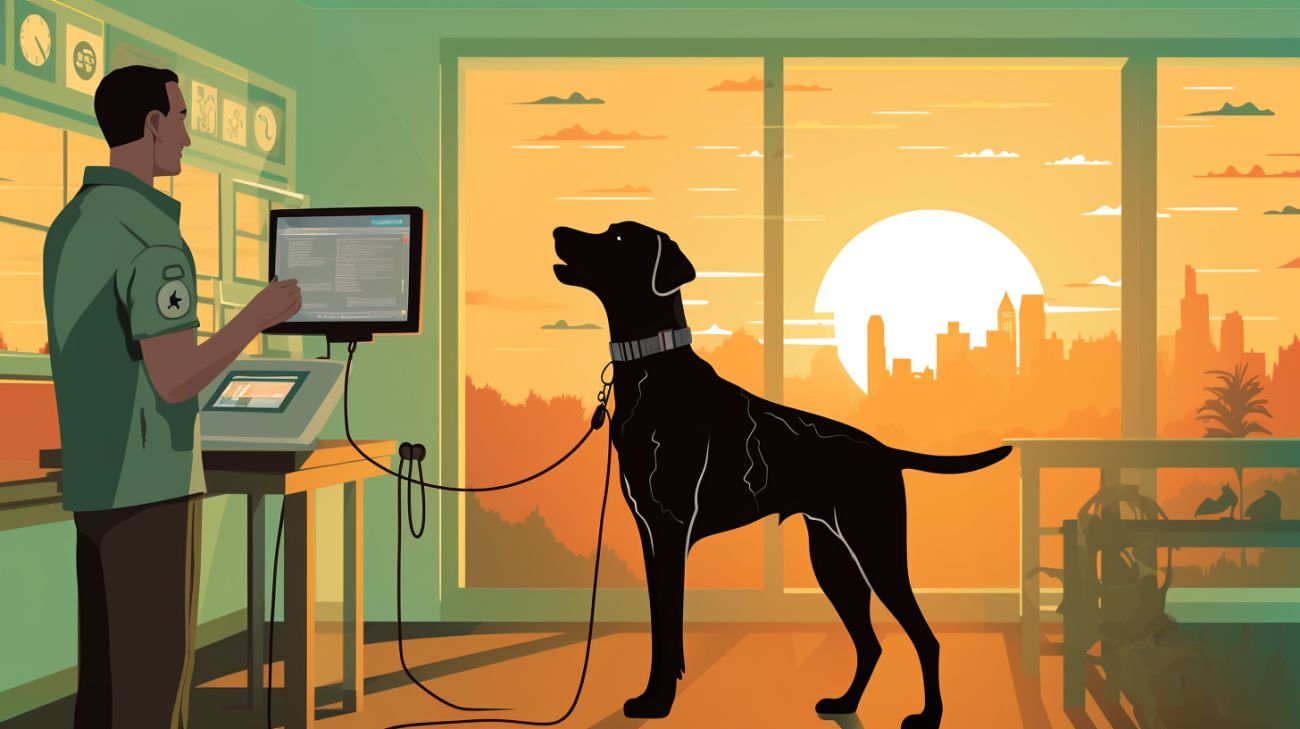
Call local animal shelters
Physical description: A detailed description of what your dog looks like is essential. Be sure to include specific memorable traits, like markings, as well as more general descriptions of size and breed. This will help them identify your dog among many other found pets.
Description of personality: Sometimes, owners overlook the importance of describing their dog's personality. Making people aware of whether your dog is shy, timid, aggressive, or confident will help them navigate the situation well if they do find your pup.
Where they went missing: It's important to provide the location where your dog went missing, whether this was on a walk or from home. This will help animal shelters know where to focus their search efforts and where sightings are likely to be reported.
Contact information: Provide as much information as possible so they can contact you as soon as there is an update about your pup. Give them your phone number as well as a back up number of a friend or family member, your address, and your email address.
Photos if possible: If it's possible to send them photos or drop photos in to the shelter, then this can massively help identify your dog if similar pups are found and handed in to the shelter.
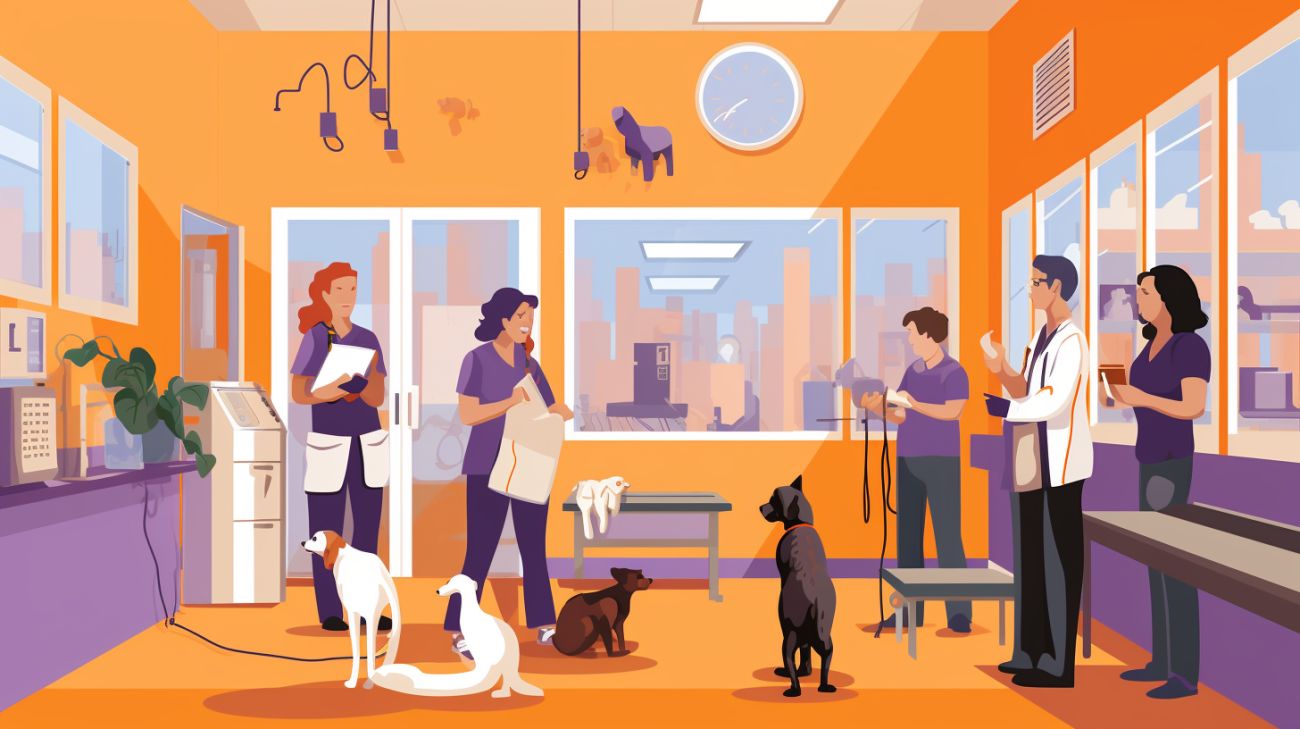
Start a PetRadar search
Send you a personalized and printable missing dog poster:
List your lost dog on our website:
Offer constant support and guidance:
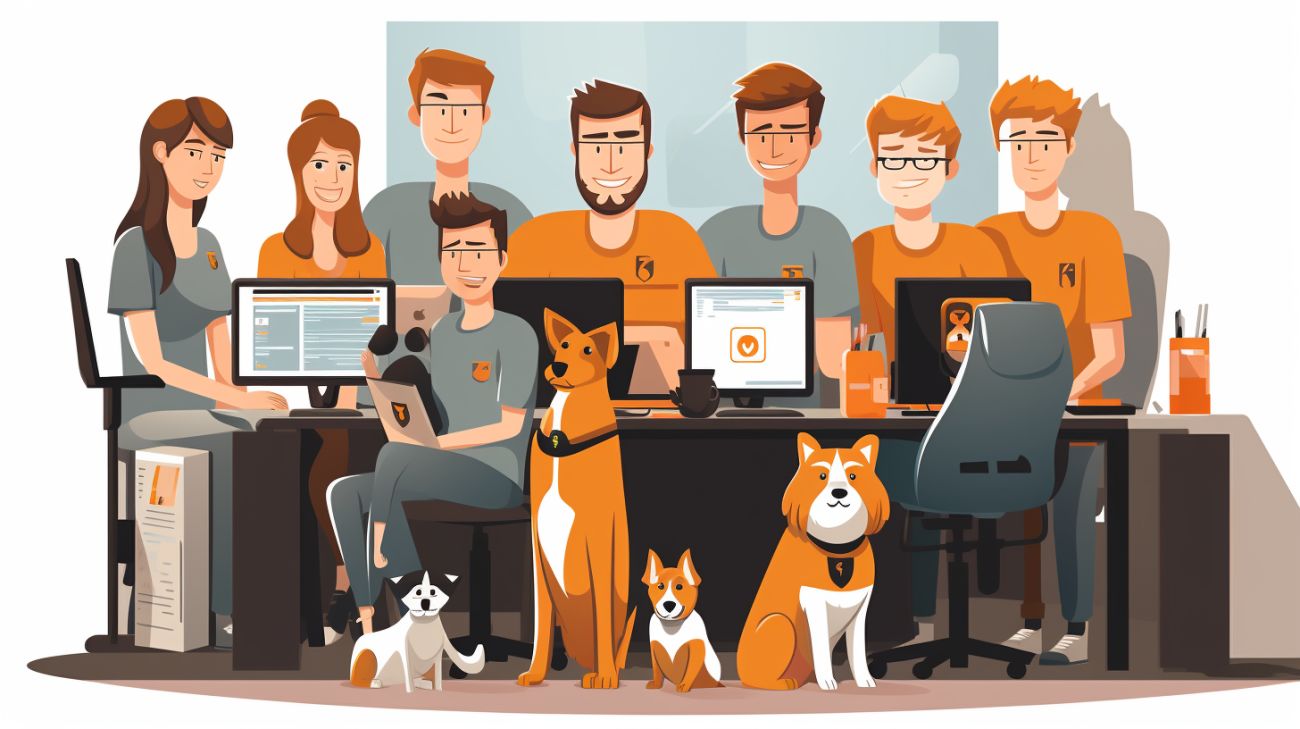
2. Create a lost pet flyer
Use bright, primary colors: Using 2 or 3 main colors will ensure your poster is clear and eye-catching. Using red and yellows will help neighbors associate your poster with urgency and emergency, making them more likely to take notice.
Keep text and detail short: Use a short and snappy title to appeal to your neighbors and ensure it is in a large font. For the description of your pup, use bullet points and keep it succinct so the information is as clear as possible.
Clear photos: Including multiple clear, color photos will help your neighbors identify your dog if they see them. Include close up photos of particularly memorable physical traits, like markings.

Download PetRadar's free pet poster
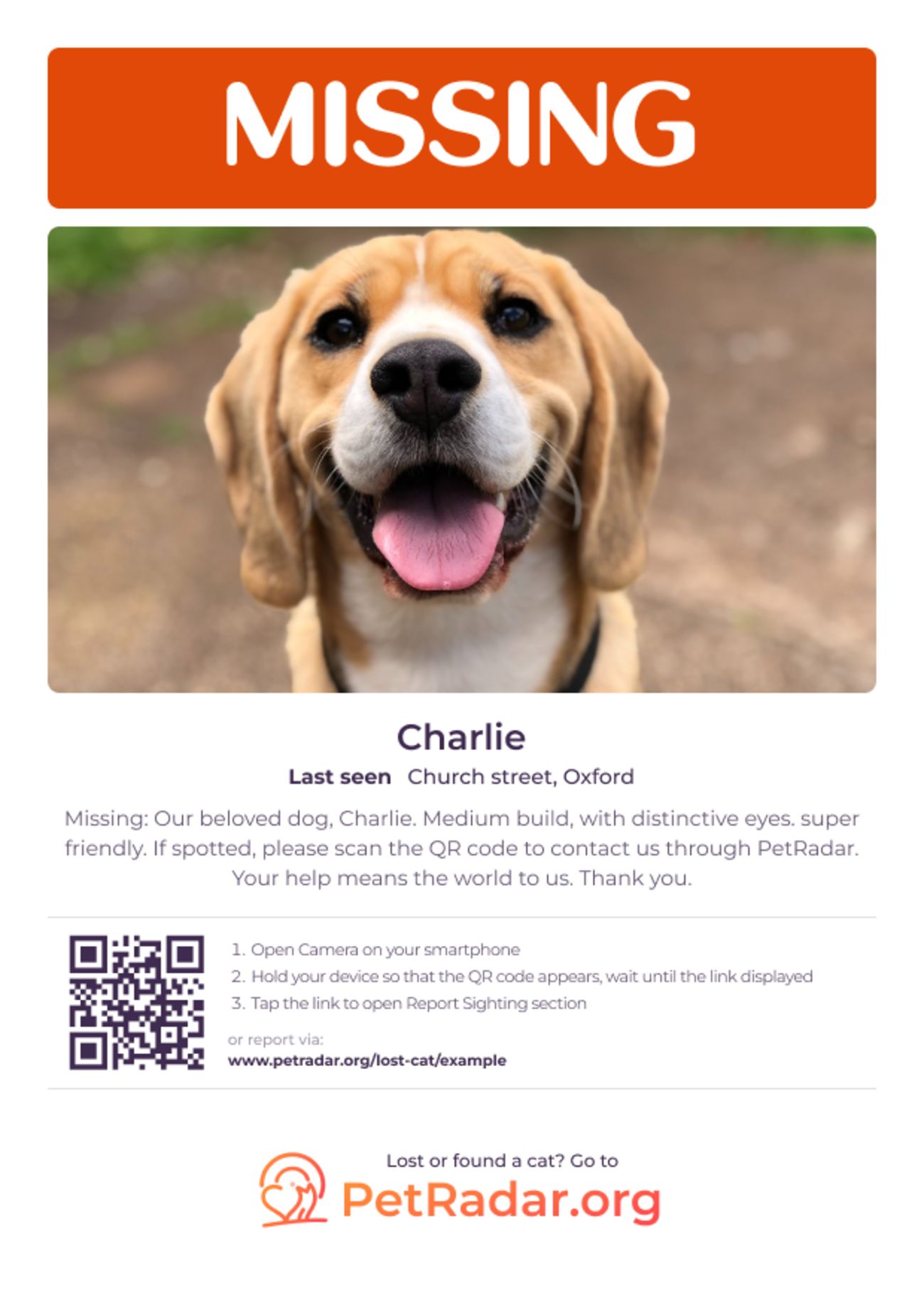
3. Physically search for them
If your dog ran away on a walk
1.
Retrace your steps: Don't walk any further. Your dog will be using their powerful sense of smell to track you down and find their way back to the start of the trail, so walking further can increase the potential search radius.
2.
Gently call their name: Your dog may be in fight-or-flight, meaning they'll be trying to avoid any interactions with people or animals. However, softly calling their name in a happy and calm tone can help your dog recognize you and follow the sound.
3.
Use strong-smelling items: To help attract your dog to you, use treats, strong-smelling food, and items of clothing or toys that will carry their scent. They can detect a scent up to 20km away, so tapping into this superpower will help reunite you as soon as possible! (source)
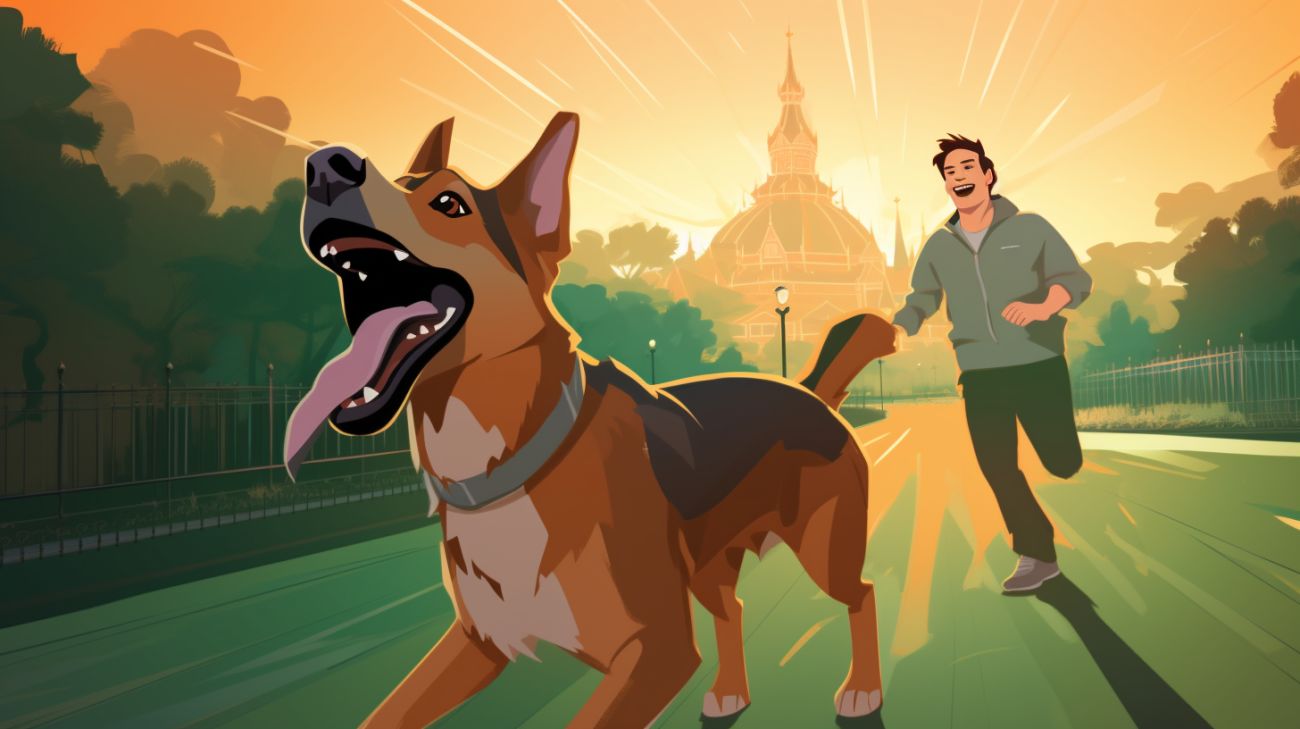
If your dog ran away from home
1.
Recruit your neighbors: Family and friends in the area are invaluable in your search. Ask if they can distribute flyers while searching for your best bud. It's also important they check their own back yards and outbuildings.
2.
Search their favorite spots: Your dog will likely have some favorite spots around your house. Whether it's a park or a friend's house, they'll most likely be able to find their way there using scent markers and visual cues. Prioritize these areas for searching first!
3.
Lure them back home: As we've mentioned, your dog's nose is a powerful tool. Help them find their way home by leaving strong-smelling food, clothes, toys, and blankets outside of your home.

FAQs
What do dogs do when they go missing?
When dogs go missing, what they do depends on their personality. A shy, timid dog will likely find a good hiding place, whereas a confident dog will seek out new friends in parks and towns.
How long do dogs usually go missing?
Dogs usually go missing from anywhere between 24 hours to a week. However, there are many stories of people finding their dogs after weeks, months, and sometimes even years!
What to do if your dog is gone?
If your dog has gone missing, report them straight away. Then, go out searching for them and spreading the message around your neighborhood.
Is it normal for dogs to go missing?
No, it's not normal for dogs to go missing. If your dog is regularly running away, you should take steps to train them not to and get them microchipped. You could also opt to attach a GPS tracker to their collar.
Where are lost dogs most likely to go?
Most lost dogs will likely find secluded hiding spots or open areas like parks and trails. However, this does depend on their personality.
Can dogs find their way home?
Yes, dogs can find their way home. Their excellent sense of smell, hearing, and sensitivity to the Earth's electromagnetic field means they have a great sense of direction and can often find their way home from far away.
What attracts a lost dog?
You can attract a lost dog back home by leaving out strong-smelling food, toys, blankets, and clothes. You can also open your windows and doors so familiar sounds can travel further.



